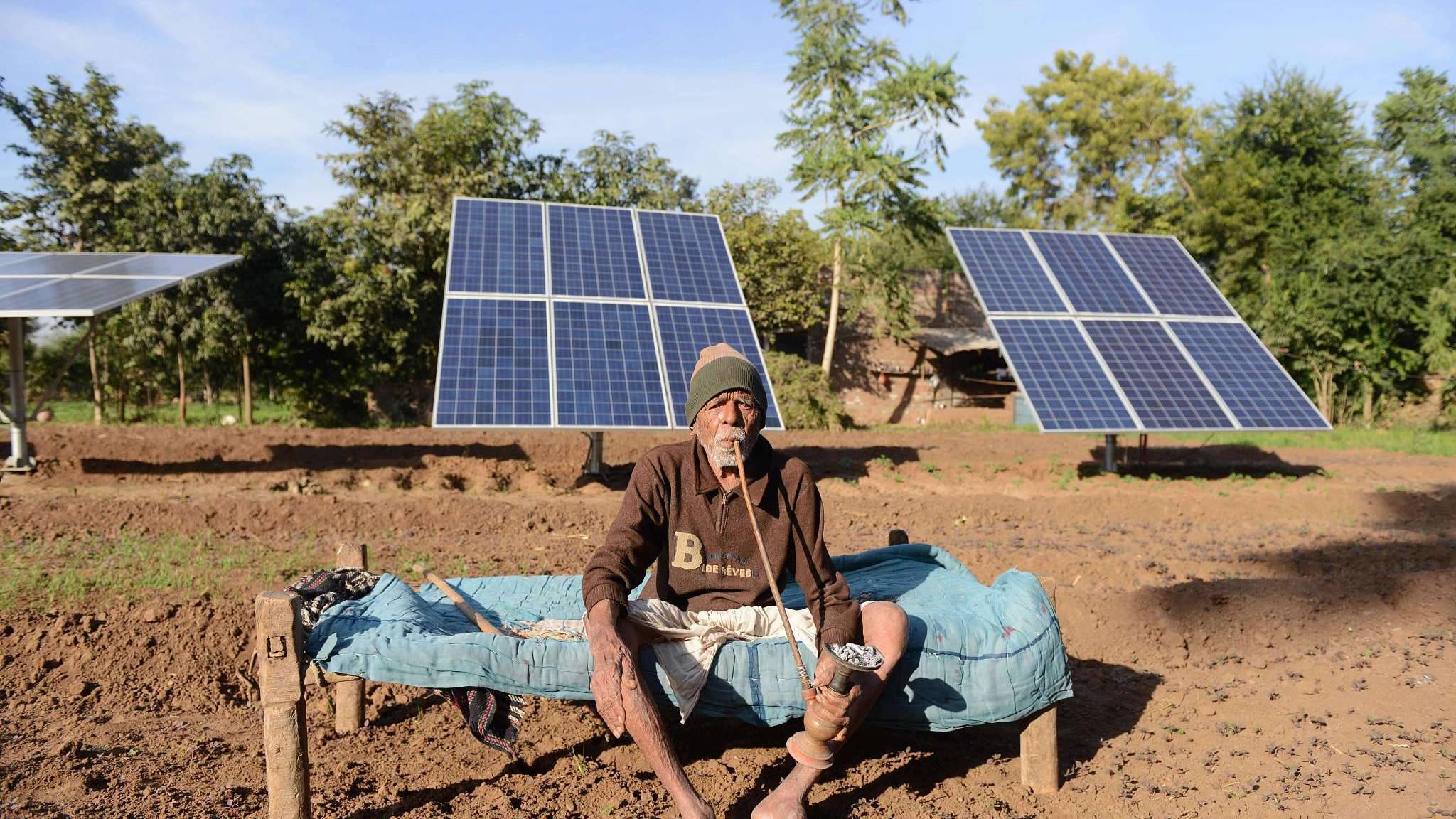
Tech & Sci
17:20, 20-Feb-2018
Tariffs cast shadow over meeting to boost solar energy
Alok Gupta

The first meeting of the International Solar Alliance (ISA) will take place next month in New Delhi. Exploring ways to exploit renewable energy in 121 countries with a lot of sunshine, it will focus on poor nations and is likely to discuss the contentious issue of tariffs on imported solar panels.
The alliance, a treaty body, was jointly prepared by India and France during the Paris Climate Summit in 2015 to tap solar power in countries situated on the Tropic of Cancer and Capricorn.
These countries – including Brazil, Sri Lanka, Australia and many Middle Eastern, African and Pacific island nations – on average receive sunlight for 300 days a year, making them an ideal location to phase out fossil fuel and replace it with solar energy.
India and France had also invited China to join the alliance at the Paris Climate Summit. China announced plans to enter the ISA at the COP 23 meeting at Bonn last year after maintaining silence for nearly two years. At present, it’s on a list of prospective alliance countries.
China's support comes despite India’s plan to impose a tariff on imported Chinese and Malaysian solar panels, an issue likely to be a subject of much discussion during the meeting as such a move will make renewable energy generation expensive.

India is planning to slap a 70 percent tariff on imported solar panels from China and Malaysia. /VCG Photo
India is planning to slap a 70 percent tariff on imported solar panels from China and Malaysia. /VCG Photo
A majority of the 121 member countries in the alliance are African, South Asian, and vulnerable Pacific islands that are facing the worst consequences of climate change.
Alliance between poor countries and developing ones
According to experts, the coalition is unique as it forms ties between least developed countries and the island states with the developing, instead of the developed nations.
“Most of these countries have large agrarian populations. Many countries face gaps in the potential solar energy manufacturing eco-system,” according to the ISA secretariat.
During the meeting, 121 solar projects that are likely to be implemented in 121 countries in various sectors will be unveiled. The ISA has already launched three solar projects focusing on replacing diesel engines with solar-powered pumps, solar financing, and solar mini-grids.
A large number of farmers in developing countries like India, Bangladesh, Nepal and Pakistan depend heavily on diesel engines to water their fields.
Upendra Tripathy, interim director general of the ISA, told India Climate Dialogue that the ISA has aggregated demand for 500,000 solar water pumps and is planning for a global tender. He said countries like Bangladesh have demand for 50,000 pumps every year and India needs 100,000 pumps in the next three years.
“We are putting together demand from Mauritius and Uganda as well. We are mobilizing 500,000 pumps, and with the global tender, prices will come down.”
French President Emmanuel Macron, leaders from Sri Lanka, South America, and Africa as well as representatives from the BRICS Bank, European Investment Bank, and World Bank are likely to attend the meeting in New Delhi on March 11.
Tariff issue to cast shadows
In the midst of a plan to efficiently tap solar power, India’s Finance Ministry last month revealed that it is considering slapping a temporary 70 percent "safeguard tariff" on solar equipment from China and Malaysia to protect the domestic panel industry.

International Solar Alliance (ISA) delegates at the One Planet Summit in Paris, 2017. /ISA Photo
International Solar Alliance (ISA) delegates at the One Planet Summit in Paris, 2017. /ISA Photo
The tariff will make solar power expensive and also lead to delays, undermining the alliance. In the last few year years, India has been able to bring down the cost of solar power per kilowatt hour from between 10.4 and 12.5 Indian rupees (16 and 19 US cents) to 5.50 to 4.3 Indian rupees, according to data from consultancy Energy Alternatives India.
Despite renewable energy getting cheaper over the years, it remains more expensive than coal-generated electricity. A large number of Indian states have agreements with distribution companies that supply power from coal-fired thermal stations at 3 Indian rupees per kilowatt hour or less.
Fearing the steep tariff, Chinese solar cell maker LONGi has already announced it will set up the first Chinese solar manufacturing plant in India, with an investment of 309 million US dollars.
Chinese solar majors maintain that high land prices and labor costs will make solar panels and equipment manufacturing expensive in India compared to China.

SITEMAP
Copyright © 2018 CGTN. Beijing ICP prepared NO.16065310-3
Copyright © 2018 CGTN. Beijing ICP prepared NO.16065310-3